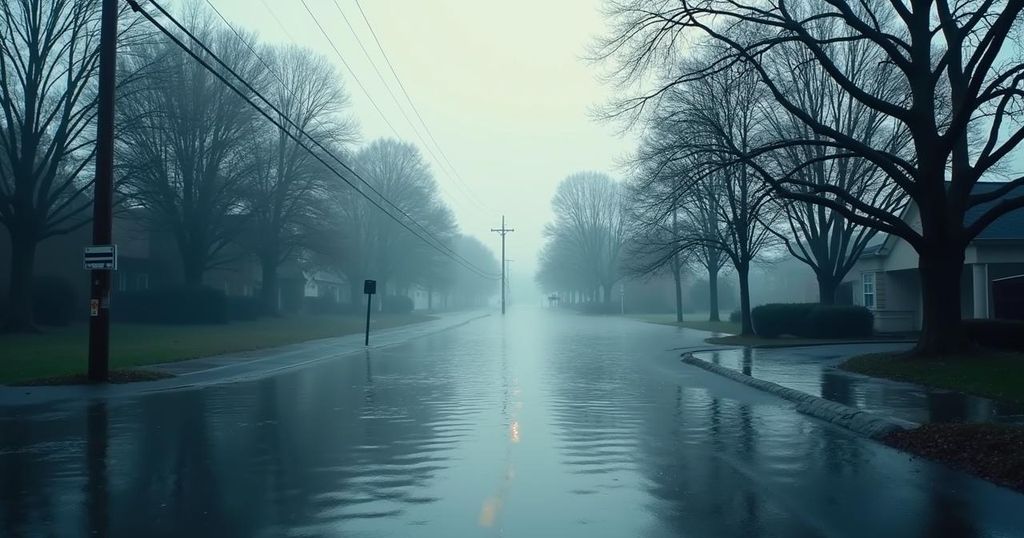Devastation and Response: The Aftermath of Hurricane Helene in the Southeast

Hurricane Helene made landfall as a Category 4 storm, causing nearly 100 deaths across multiple states, with North Carolina particularly affected. Recovery operations are underway amidst significant flooding and infrastructure damage, with federal assistance being mobilized to support affected regions.
Hurricane Helene, a Category 4 hurricane with winds reaching up to 140 mph, made landfall in Florida’s Big Bend region late Thursday night, resulting in catastrophic destruction across the Southeast. Rescue operations are ongoing as crew members work tirelessly to clear debris, restore power, and provide much-needed supplies to those stranded days after the storm. Currently, nearly 100 fatalities have been attributed to the hurricane across several states including Florida, Georgia, South Carolina, North Carolina, Virginia, and Tennessee. North Carolina has reported at least 38 deaths due to storm-related incidents, with many individuals still unaccounted for, largely due to communication breakdowns in the hardest-hit areas of the state. Governor Roy Cooper described the flooding in western North Carolina as unprecedented, with rainfall ranging from 10 to 29 inches leading to significant life-threatening floods and landslides. In response, President Biden has declared a Major Disaster for North Carolina, quickly deploying over 800 FEMA staff to assist in recovery efforts. As of Monday, power outages have decreased from an estimated 2.1 million residents affected, due to the relentless efforts of utility crews. However, aerial surveillance and press reports indicate that many areas are still cut off from essential supplies, resulting in rising tensions among residents of Buncombe County as they wait in extensive lines for fuel and food. The Buncombe County Sheriff has stated that supply delays are due to extensive road damage and is exploring options to manage situations at gas stations where tensions have escalated. In Florida, particularly in the barrier island of Treasure Island, a significant storm surge led to upwards of 15 feet of flooding, while other areas experienced their worst storm surge in decades, resulting in tragic fatalities. Residents across Florida continue to reflect on the monumental impact of Hurricane Helene, describing the devastation as unparalleled compared to previous storms. Overall, the recovery from Hurricane Helene will require extensive coordination among emergency services and local governments as communities work to rebuild and recover from the extensive damage inflicted by this natural disaster.
Hurricane Helene struck the Southeast United States, impacting numerous states with extreme wind speeds and unprecedented rainfall. The storm’s trajectory caused widespread destruction, particularly in Florida and North Carolina, where flooding and severe infrastructure damage impeded recovery efforts. Government responses have included disaster declarations and the allocation of federal resources to help affected communities.
In conclusion, Hurricane Helene has left a path of devastation across the Southeastern United States, with rising death tolls and significant challenges in recovery efforts. The immediate focus remains on providing assistance to affected residents, restoring power, and ensuring access to essential supplies amid ongoing logistical hurdles. As communities come together to navigate this disaster, further investigations into the long-term effects and recovery strategies will be essential.
Original Source: www.foxweather.com






